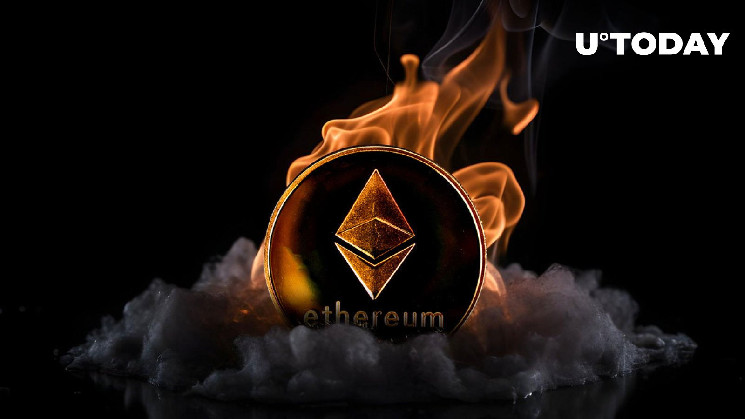Uniswap, the world’s largest decentralized exchange, is apparently a top burner of Ethereum, with a staggering 9,001 ETH incinerated from the circulating supply in the last 30 days. This activity firmly positions Uniswap as a key player in the Ethereum ecosystem, not just in terms of volume but also in influencing the coin’s scarcity.
The mechanism behind Ethereum’s burn is a recent upgrade known as EIP-1559, which introduced a transaction fee burn for every operation made on the network. Uniswap, as the leading DEX, handles a massive volume of transactions, naturally leading to a higher rate of ETH being burned. This burn acts as a deflationary force on the supply of Ethereum, theoretically creating scarcity that could bolster the asset’s value over the long term.
However, the correlation between burn rate and immediate price action is not linear. While Uniswap’s significant contribution to the burn rate underscores its dominance, the short-term impact on Ethereum’s price is subdued. Over a longer horizon, this deflationary mechanism is expected to establish a supportive base for the price of ETH, as reducing supply, ceteris paribus, should increase the value of each remaining ETH.
It is important to note, though, that scarcity alone does not guarantee value growth. The intrinsic value of Ethereum also hinges on its utility, adoption and broader market sentiment. Currently, Ethereum is facing stiff competition from Solana in ecosystem growth, with many traders who favor volatility and risk gravitating toward Solana.
A technical analysis of Ethereum’s current price action shows a challenging market phase. Ethereum is attempting to hold support around the $2,400 level. Should it fail to sustain this, the next key support is observed at the $2,300 mark, near the 50-day EMA. A breach below this could see Ethereum test the $2,000 psychological support level. Conversely, if Ethereum can rally past the immediate resistance at $2,500, it could pave the way to retest previous highs near $2,800.

